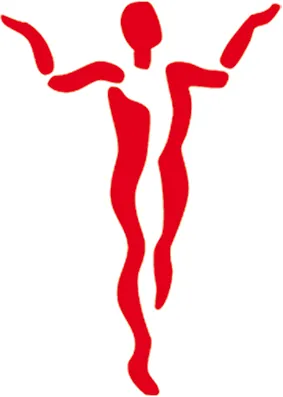This website uses cookies. Cookies are small pieces of text, a web browser stores on the user’s device. They cause no harm.
Cookies that are required for the functionality of the website are set in accordance with Art 6 para. 1 lit b) GDPR (legal basis). All other cookies are only stored providing that you give consent according to Art 6 para. 1 lit a) GDPR (legal basis).
You have the right to withdraw your consent at any time. The withdrawal of consent does not affect the lawfulness of processing based on consent before its withdrawal. You are not obliged to give your consent in order to use the website. You can use the website irrespectively of your given, refused or withdrawn consent. However, the functionality of the website may be limited, when you refuse or withdraw your consent.
The offered information on this website is not addressed to children and persons below the age of 16.
To withdraw your consent or to restrict cookies, you have particularly the following possibilities:
- Use the settings of your browser. Please find details in the help section of your browser.
- At http://www.youronlinechoices.com/uk/your-ad-choices, you can analyze, which cookies are in use in your browser. Also, you can disable them separately or entirely. This service is offered by the European Interactive Digital Advertising Alliance.
Necessary Cookies:
This website could use the following cookies that are essential for operating the website:
- Site session
Purpose: To differentiate between you and other users of this website.
Maximum storage time: Browser Session - Preferred language
Purpose: In order to load this website with your preferred language at your next visit.
Maximum storage time: 1 year - Currency
Purpose: When an ecommerce shop is provided, we can save the preferred currency for your next visit.
Maximum storage time: 30 days
Optional cookies for marketing and analysis purposes:
- Google Recaptcha
Purpose: With Google Recaptcha, we can validate you as a human visitor in difference of an automated bot. Thus, we reduce spam requests via this website.
- Google Analytics
Purpose: Allows us to analyze the number and duration of website visits in order to improve the website and adjust it for the user’s requirements.
- Wufoo
Purpose: Availibility, distribution and storage of online website forms.
- HEROLD Ratings
Purpose: Display of HEROLD.at User reviews and ratings.
- Facebook
Purpose: Display of Social Media postings, likes etc.
The content is directly loaded by Facebook. Personal data could be transmitted to the servers of Facebook.
- Adplorer
Purpose: Management and tracking of online ad campaigns.
- Feratel/Deskline
Purpose: Availability of online booking services.
- Seekda
Purpose: Availability of online booking services.
- Easybooking
Purpose: Availability of online booking services.
- Booking.com
Purpose: Availability of online booking services.
- Holidaycheck
Purpose: Reviewing and rating services.
- Google Maps
Purpose: Providing map services.
- Yext
Purpose: Display of unique company and service information on multiple channels.
- Vimeo
Purpose: Hosting and display of videos.
Cookies that are set for marketing and analysis purposes usually are stored longer than for the particular session; the precise storage time can be learned from the guidelines of the respective providers.
Additional information about the utilization of personal data in connection with the usage of this website can be found in our Data Protection Guidelines in accordance with Art 13 GDPR.



